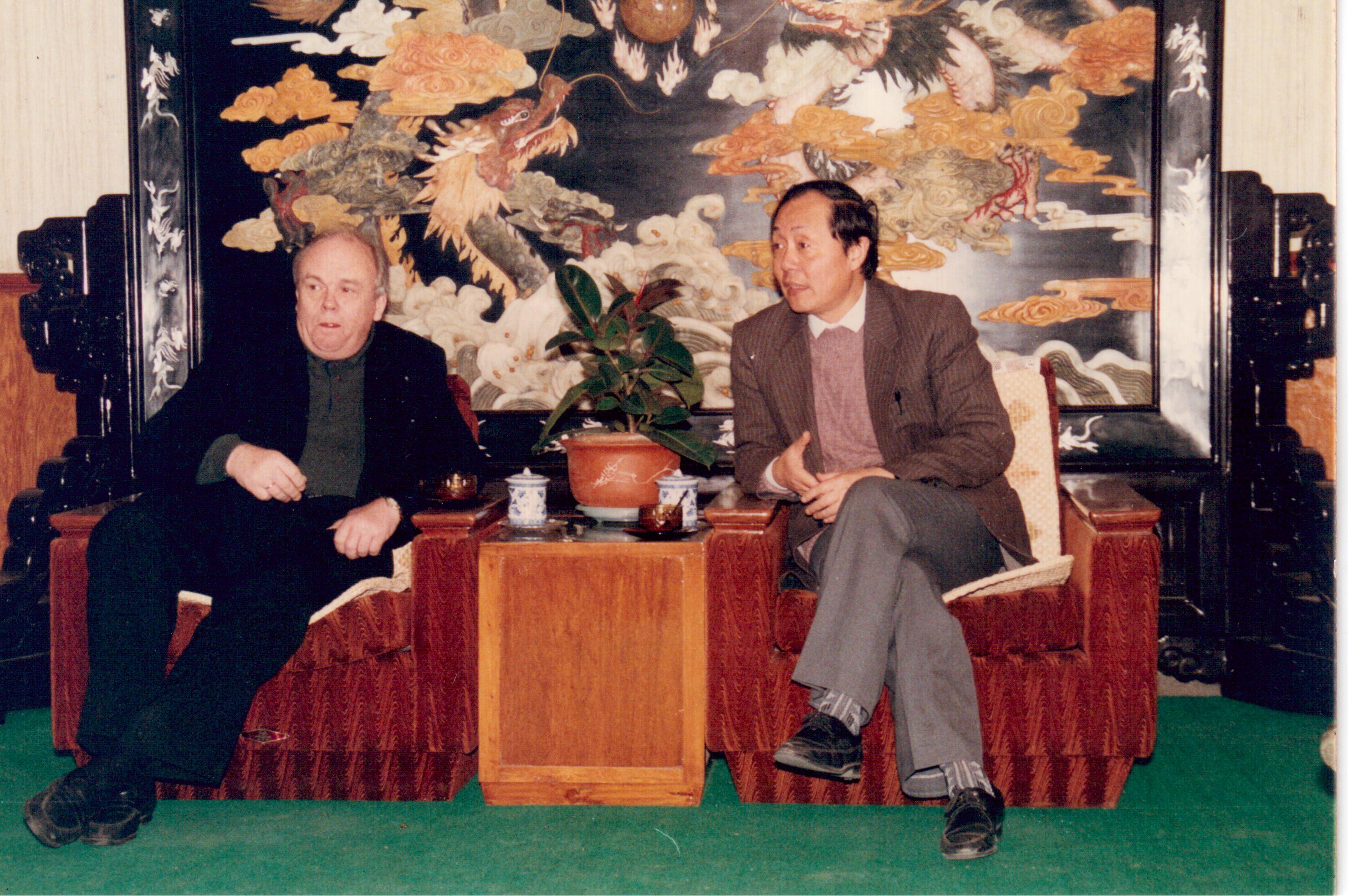
count: [2024-05-31] [Close]

It would be an understatement to highlight the profound impact that Academician Velikhov has had on the scientific community, particularly in the fields of plasma physics and fusion. In 1973, he assumed leadership of the Soviet Union's controlled thermonuclear fusion program, succeeding Lev Artsimovich. His vision and persuasive efforts convinced Secretary-General Mikhail Gorbachev of the importance of a collaborative, international effort to develop the next-generation fusion device. Velikhov went on to chair the ITER Council during the technical design phase and continued to serve in the same capacity at the beginning of ITER's construction from 2010 to 2012.
Throughout his career, Evgeny Velikhov has been honored with numerous national and international accolades, including the Orders of Merit for the Fatherland and Courage. He is a distinguished member of the Russian Academy of Sciences and holds honorary positions at several Russian and international universities.

In the year 1994, Evgeny Velikhov and Huoyu PING engaged in a productive and fruitful discussion.
In the year of 1994, Evgeny Velikhov, a distinguished scientist, paid a visit to the Institute of Plasma Physics, Chinese Academy of Sciences (ASIPP). His trip turned out to be a significant milestone in the handover process of the Tokomak T-7. Moreover, this year happens to be the 30th anniversary of the HT-7 tokamak in China, which was constructed based on the Russian T-7 design. Owing to the robust support from the Kurchatov Institute (KI), ASIPP has been able to achieve a rapid leapfrog development in the field of fusion research, transitioning from conventional devices to superconducting ones.
Despite the fact that HT-7 has been decommissioned, it continues to stand as a towering achievement in the fusion research history of both ASIPP and China. The HT-7 project stands as a remarkable testament to the spirit of scientific collaboration between China and Russia, aiming for the mutual benefit of both nations as well as the global community.
Text by Victoria Saklakova, photo by Hailin HU